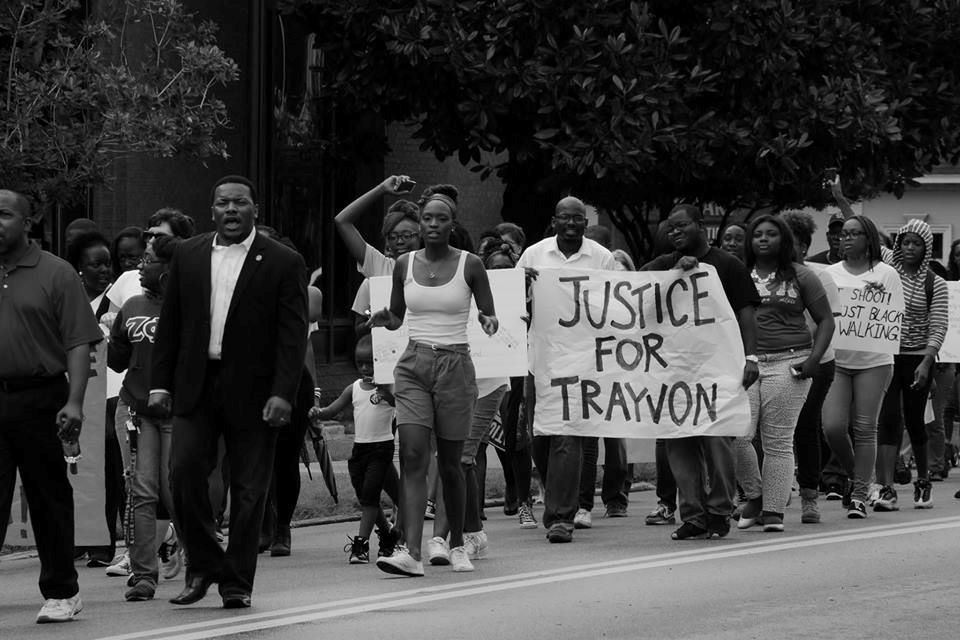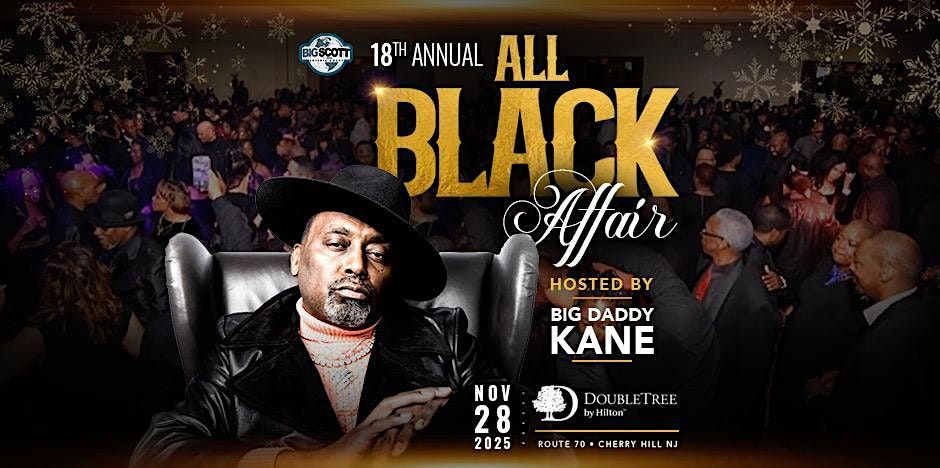Black hair has always been part of a broader conversation, shaping perceptions in workplaces, schools, and everyday life. It carries history, culture, and identity, often drawing attention, admiration, and sometimes, misunderstanding. Whether styled in locs, afros, braids, or sleek straight looks, black hair is dynamic. It remains a reflection of personal and collective narratives.
As Maureen Murunga’s TED Talk highlights, the expectations surrounding beauty and professionalism continue to evolve, but the core message remains the same: conformity is often encouraged. For many black women, navigating these expectations starts early, sometimes before they even realize they exist.
Straight hair is often labeled as “polished,” while textured styles may take time for others to “adjust to.” The reality is that black hair, in all its versatility, has faced scrutiny. The financial investment in wigs, silk presses, and protective styles extends beyond aesthetics; for some, it is a professional strategy or a means of self-expression.
Maintaining hairstyles deemed “acceptable” in professional and social spaces often comes with a hefty price tag. High-quality wigs, extensions, relaxers, and frequent salon visits can add up to thousands of dollars annually. Beyond the financial burden, there’s also the time investment; hours spent at salons, carefully maintaining styles to avoid judgment, or even undergoing chemical treatments that may damage hair over time. These costs aren’t just about looking presentable; they are often about being perceived as competent, professional, or even just fitting in.
The emotional toll can be just as significant. The pressure to conform can lead to anxiety, self-doubt, and frustration, especially when the standard keeps shifting. Choosing to wear natural hair can feel like a statement, even when it’s simply a personal preference. These decisions, whether to straighten, braid, or cover one’s hair, add an extra layer of consideration that many others never have to think about. In the midst of it all, the real challenge is not just in choosing a hairstyle but in reclaiming the freedom to do so without external pressures.
In schools, young black children quickly learn that their hair can become a subject of discussion. Dress codes sometimes place restrictions on locs or braids, reinforcing the idea that natural black hair is unconventional. However, as conversations around culture and community grow, so does the understanding that beauty is diverse and that all hair textures deserve acceptance.
The challenge is not about choosing one style over another but about having the freedom to do so without judgment. Whether a black woman wears a 30-inch wig, a silk press, or her natural curls, the decision should be hers alone without unwarranted critique or expectation.
Murunga’s journey emboldens an essential truth: we are not our hair; rather, our hair is us. In essence, hair is a part of identity, but it does not define worth. The power lies in the ability to embrace and celebrate black hair in its many forms. And the world is steadily catching up to the simple fact that black hair is not a trend, a statement, or a debate. It just is. And that is enough.





